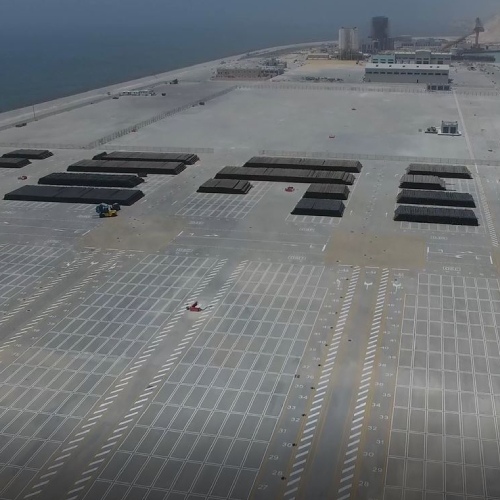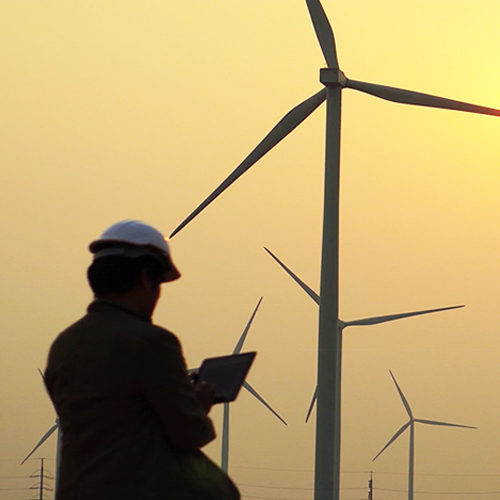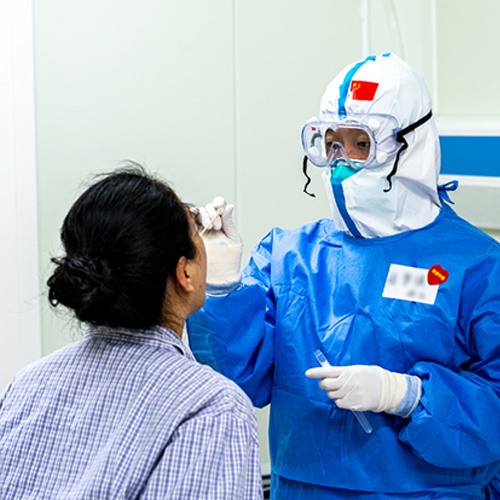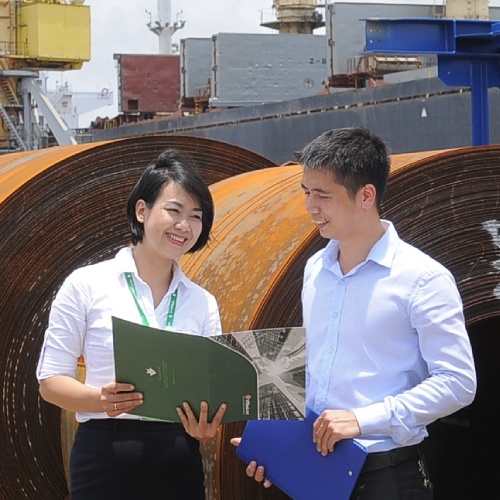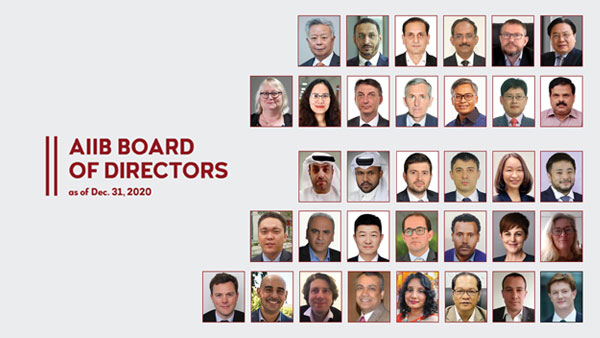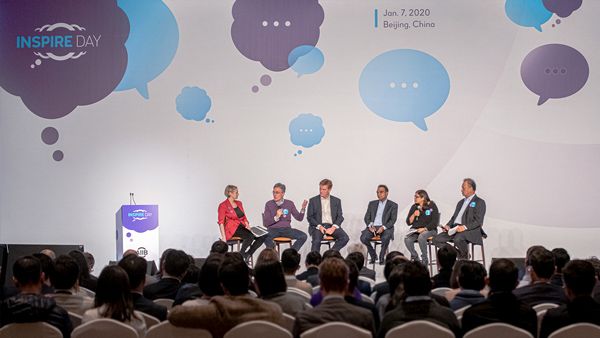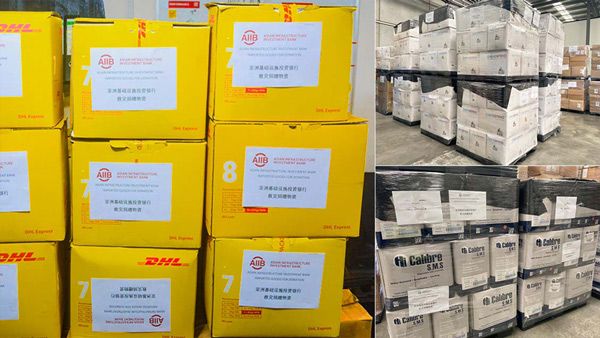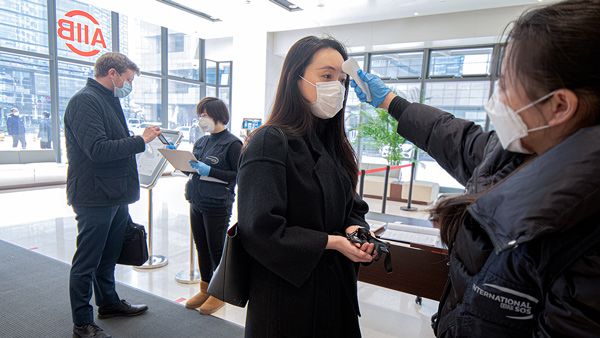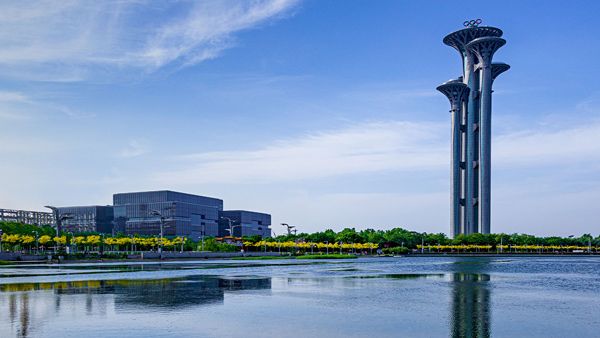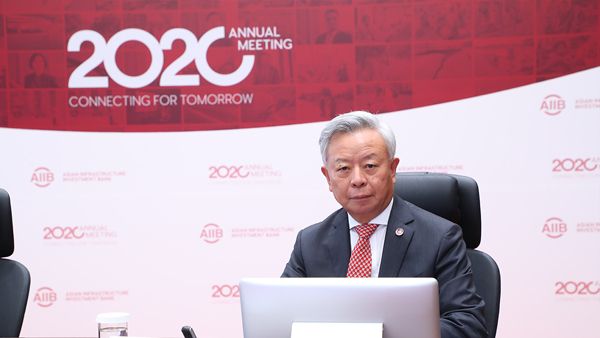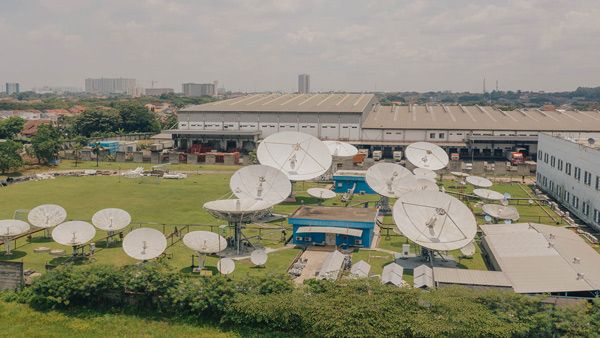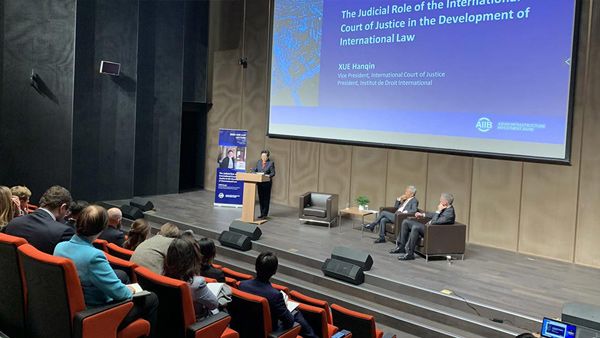The year 2020 will go down in history as an exceptional period, fraught with suffering that will be etched into humanity’s consciousness for decades to come. Without warning, the novel coronavirus (COVID-19) pandemic spread across human society. No country could have escaped its ferocity. The virus’s severe infectiousness, deadly virulence and insidious ability to mutate render it extremely difficult to defeat. The international community has risen to the challenge, demonstrating its agility, courage, determination, resilience and solidarity under these extreme circumstances. And the Asian Infrastructure Investment Bank (AIIB), along with its comparator institutions, has been an energetic combatant in the war against the coronavirus.
The COVID-19 pandemic has drawn attention to the critical need for international cooperation when dealing with crises of this magnitude. Global challenges call for global efforts. A multilateral development bank (MDB) has the advantage of being able to coordinate all its Members to mobilize concerted efforts to withstand such a shock as the COVID-19 pandemic.
We have consistently espoused and supported global cooperation to solve the world’s biggest problems. Close collaboration has augmented our impact. The speed at which capital and equipment were mobilized globally in 2020 showcased the efficacy of multilateralism when it is brought into full play.
The outbreak of the pandemic posed a tough question to AIIB. As an MDB, clearly, not to respond is not an option. But as an infrastructure investment bank, we needed to determine the best way for us to respond.
Our founders foresaw the unexpected. AIIB’s Articles of Agreement provide for it. Our Board of Directors and Management team quickly reached consensus on the right approach to participating in the global war against the COVID-19 pandemic.
AIIB’s Articles of Agreement are a forward-looking document, which governs the way the Management runs the Bank and navigates exceptional circumstances under the Board’s guidance and supervision. AIIB’s purpose is, in part, to “address development challenges by working in close collaboration with other multilateral and bilateral development institutions.” While infrastructure financing is AIIB’s mainstream business, it has a mandate sufficiently broad to cover other productive sectors.
In 2020, there was no bigger challenge to development than the economic and health crisis caused by the COVID-19 pandemic. When the coronavirus brought global production to a screeching halt, nothing was more important than crushing the virus as a short-term measure and strengthening the health care sector as a long-term strategy. A health care system is an integral component of a nation’s productivity. Only a healthy nation is productive.
From that moment on, AIIB’s Board, Management and all the Members have worked in full alignment to tackle the coronavirus during these unprecedented times. We launched the COVID-19 Crisis Recovery Facility, an innovative financing modality, reinforcing further our partnership with other MDBs. Most importantly, it demonstrated how critical it is for MDBs to inject countercyclical financing to reduce liquidity constraints and bolster up economic resilience around the world.
COVID-19 lifted the veil on the cracks in the global economic and public health system. Every productive sector and every health-care system in every region were hit without exception, albeit to varying degrees of severity. A few came through relatively unscathed, but others buckled under the pressure. The global health sector was strained to the breaking point, fully exposed as the weakest link. Woeful underfunding over the decades has taken its toll on neglected health care systems in many countries, developed and developing alike. Lockdowns were enforced worldwide to help relieve the overworked health-care workers and ease excessive pressure on health care infrastructure.
It is a lesson we will not soon forget and one we have taken to heart at AIIB. Fully appreciating the importance of the health sector for economic growth, our Board of Directors provided full support to the Senior Management in formulating our Corporate Strategy, which focuses on core infrastructure financing and which, as AIIB matures, will gradually expand the Bank’s capacity, role and value-add in social infrastructure and other productive sectors.
In 2020, the Management was forced to split its attention between navigating the rough and tumble of the turbulence of the pandemic while preparing the roadmap for the Bank’s operations a decade into the future. To develop the Corporate Strategy, we in AIIB gathered diverse opinions and considered development objectives from around the world. As an MDB with a global membership but an Asian focus, and as an MDB that is implementing new development frameworks and financing modalities, AIIB adopted its Corporate Strategy to identify common ground on the kind of Asia we all want to see. Our thoughts galvanized around the idea of investing in infrastructure with sustainability at its core, the idea that AIIB should not follow the beaten track of infrastructure investment of the past but rather blaze trails in building Infrastructure for Tomorrow. Our strategy aims at reversing environmental degradation, financing climate change mitigation and adaptation, meeting the need of changing demographics and harnessing the transformative power of technology.
We have striven to build our Bank with signatory features: strong governance, environmental stewardship, connectivity, inclusivity and economic productivity. As we head towards 2030, we should steer our institution unswervingly in the direction in which our Corporate Strategy guides us. It is my firm conviction that our approach will enable us to contribute significantly to the sustainable economic growth and social development of our Members in Asia and beyond.
I am grateful to the Board of Governors for the support they have lent to me for my second term as President and Chair of the Board of Directors. I regard this as a great credit to the Senior Management team and the staff as a whole. I am deeply committed to our great institution. I am confident and optimistic about our potential because I have unqualified faith in the ability of our team to translate our ambitious goals into tangible results that can materially improve the wellbeing of the people of our members. This implies an immense amount of work ahead of us.
In 2021, I will focus on developing AIIB’s corporate culture as the immediate task to accomplish, while embarking on implementing our Corporate Strategy in all its dimensions. A key tenet of our strategic approach is to embed our client-first principle into the Bank’s institutional consciousness. Thinking openly about how we can improve our processes, products and communications for the sake of our clients and Members must become core to the hallmark AIIB way.
Our clients in the public and private sectors are the key partners for our development endeavors. We do not regard our close bond with them as a mere lender-borrower relationship that lasts no longer than a project’s life cycle. Our association with other partners is cemented by a kinship of development genes. Without their partnership and trust, we could not serve the purpose set for AIIB by our founding Members. I will work closely with the Board of Directors, the Management team and staff to implement the basic principles of learning, inclusivity and creativity in our daily work. These elements will support our efforts to be known as a development partner that is reliable, responsive and agile. We are striving to help clients meet their objectives. And we will stay true to AIIB’s mission to invest in Infrastructure for Tomorrow, upholding our core values of Lean, Clean and Green. I believe that fostering a corporate culture reflecting our common aspirations for a workplace is one of my most important jobs as President.
I will remember 2020 as the most challenging of years. Many of our staff were separated from their families for extended periods. Some were bereaved of their beloved ones but could not go back for the funeral. And others could not stay by their parents’ sick bed and give them help and comfort. However, all of our staff continued to work under extremely difficult circumstances to help our Members grappling with the pandemic. I am deeply touched by their personal sacrifice and commitment. I cannot overstate my gratitude to our dedicated staff. They are the pride of our institution.
The tragic loss of lives and disruptions to livelihoods and businesses in 2020 alert us to the vulnerability of our Members, regardless of their respective stages of development. That is exactly why we are here as an MDB. AIIB is committed to helping our Members and clients build, strengthen or upgrade their health-care systems. We will expedite cross border investments so neighbors work together rather than shut each other out. We will inject liquidity into the system to support infrastructure and help productive sectors tackle traumatic economic shocks. We will do this by unlocking new capital, new technologies and new ways of mitigating climate change and connecting Asia and the rest of the world.
This is our commitment for the new decade, and we look forward to engaging more development partners on our journey.
Jin Liqun
President and Chair of the Board of Directors









